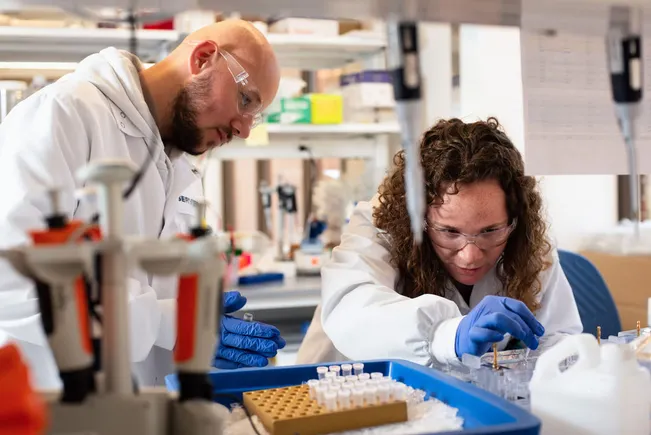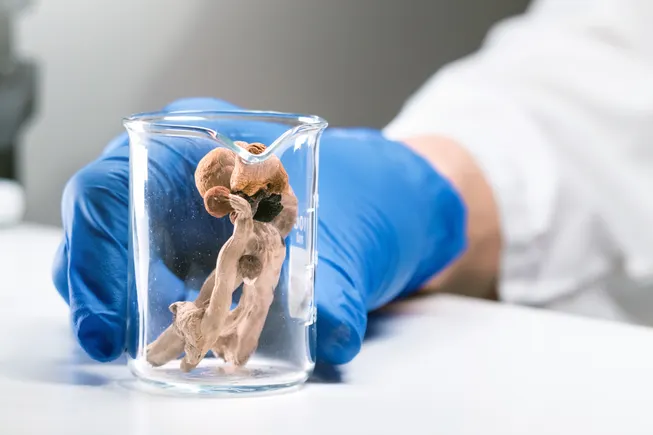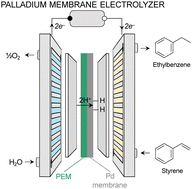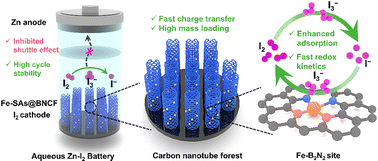Critical Role of Non‐Fullerene Crystalline Domains in Stabilizing Charge Separation in Bulk Heterojunction Organic Solar Cells
Advanced Energy Materials, EarlyView.

A crucial factor in stabilized charge generation in high-performance PM6:Y6 organic solar cells is the LUMO level offset between mixed and pure Y6 domains. This offset enhances electron–hole spatial separation, reducing recombination losses. As the pure Y6 domain shrinks, increased bimolecular recombination significantly lowers the photocurrent and device performance.
Abstract
This study addresses the role of energetic offsets resulting from non-fullerene acceptor crystallization/aggregation in stabilizing charge separation in organic bulk heterojunction (BHJ) solar cells. Devices are fabricated using PM6 as electron donor and either IDIC or Y6 as acceptor, with blend ratios from 5:1 to 1:1. Reducing acceptor content significantly lowers device performance, most notably for initially higher performing PM6:Y6 BHJ's (from 14.31% to 0.95%) compared to PM6:IDIC (from 11.28% to 3.40%). Optical, optoelectronic, and morphological characterizations reveal that lower acceptor content PM6:Y6 devices exhibit suppressed acceptor aggregation/crystallinity, correlated with increased recombination losses and lower efficiency. Charge separation in optimal (1:1) PM6:Y6 devices is found to be stabilized by a LUMO level energetic offset between intermixed and pure, more crystalline, Y6 domains, driven by strong electronic interactions between Y6 molecules. In contrast, PM6:IDIC devices show minimal changes in energetics and recombination kinetics, aligning with their smaller performance decline, and consistent with IDIC's weaker electronic interactions. As such strong electronic interactions between Y6 molecules are concluded to provide an energetic stabilization of electrons in more aggregated/crystalline Y6 domains, suppressing charge recombination, and analogous to that observed for the highest performing fullerene acceptor PCBM.








































































































![[Updated] B-2 Spirit Bombers Struck Iranian Nuclear Sites](https://theaviationist.com/wp-content/uploads/2025/06/B2sGuam_2.jpg)







































